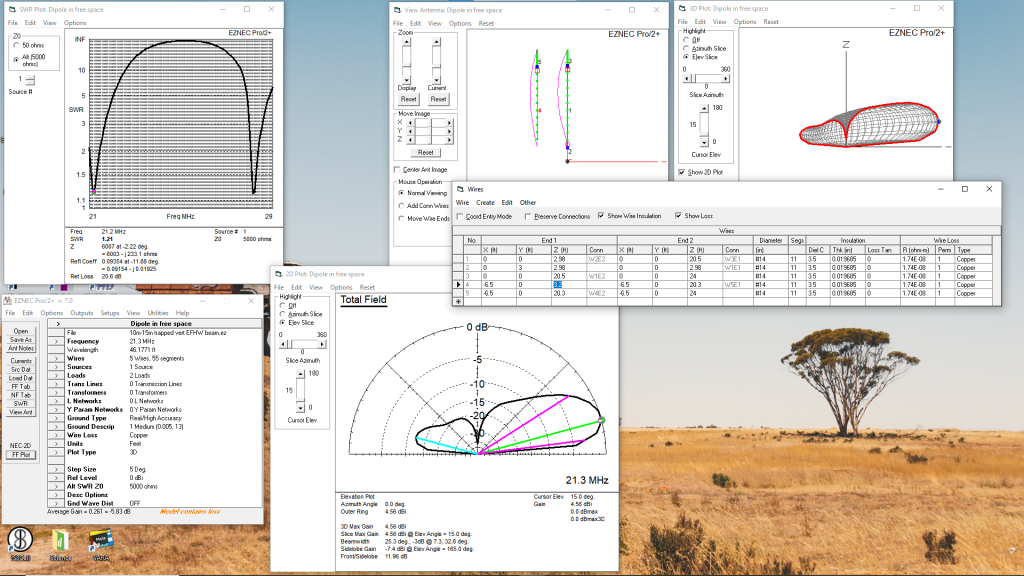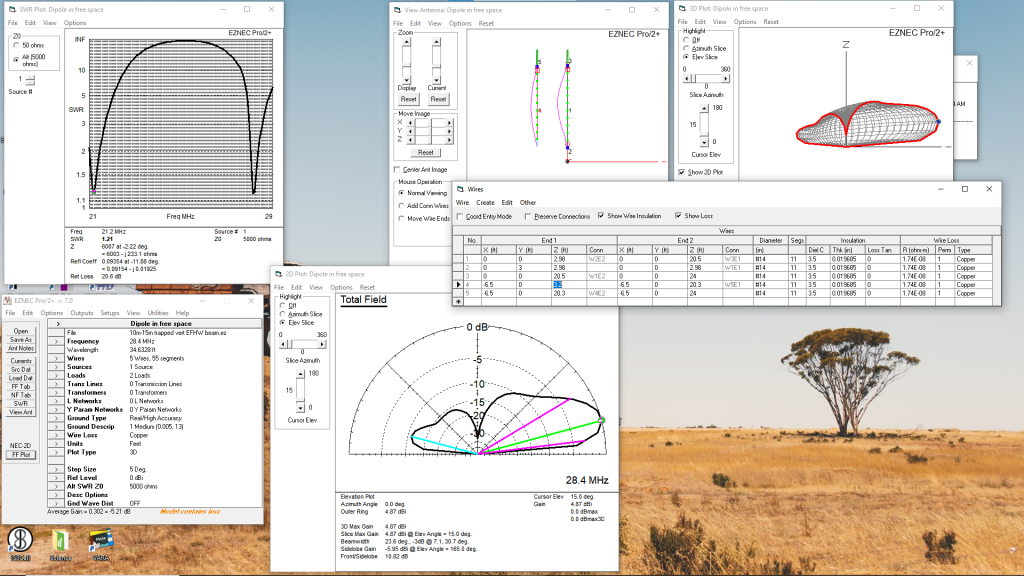The wind event late last week was not as severe as predicted. It was very breezy but the 50mph gusts did not materialize. I left town for the weekend and left the S9 vertical on the ground. Today is my first day of Christmas vacation so I went out this morning to set the S9 back up thinking it would be fairly straightforward. Well my motto “nothing is ever easy” proved true this morning.
First up was fixing a couple of pole segments that were slipping. I extended the tubes and re-seated a couple of hose clamps for those segments.
I then went over to the radial plate and checked the connections. I found that there were about 8 ground radials that were not connected to the ring terminals anymore! It looks like they had been pulled out of the terminal connections. I found the ends on average about 3 inches away from the connector. I suspect that i did not leave enough slack in the wire when I laid out and pinned down the radials. As the grass grew over them it must have pulled them away from the radial plate pulling several out of their connectors.
To repair these I replaced the ring connectors and added some short splices of wire to the ends remaining. The Bernzomatic portable soldering iron came in real handy in its first field use.
I made two additional changes to the setup. The small terminal box was connected to the 1:1 choke using a small coax patch cable. I replaced this with a PL-259 male-male adapter. This shortened the connected and provided some rigidity. I also replaced the braided ground strap forming the ground connection to the coax with copper strap.
Everything tested out good and so am now doing some testing. Made a few domestic SSB contacts with good signal reports on 20m.






